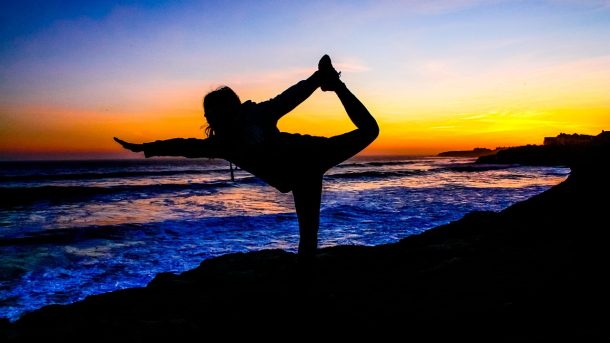Whether you’re exploring fantasy realms or spinning reels on the best gambling websites in Canada, the environment you play in shapes your immersion, focus, and overall enjoyment. Creating the ultimate gaming room is about more than powerful hardware—it’s about designing a space that supports your passion with comfort, style, and smart organization.
The Foundation: Comfort and Ergonomics
The core of any great gaming setup is comfort. Your chair and desk combo should support long sessions without strain. An ergonomic chair with adjustable lumbar support, headrest, and armrests can make all the difference, especially during intense raids or long strategy nights. Pair it with a desk that suits your gaming habits—L-shaped desks offer space and multitasking ease, while standing desks let you switch positions and stay active.
Multi-functional furniture can be a game-changer in smaller rooms. Think of gaming chairs with hidden storage or wall-mounted fold-out desks that save space and look sleek when not in use. Every piece should serve both aesthetic and functional purposes.
Immersive Atmosphere Through Lighting
Lighting is the silent architect of mood and immersion. Ambient LED strips around your monitor or desk create a glow that reduces eye strain and pulls you deeper into the world on screen. Smart lighting, especially RGB systems, allows you to sync colors with in-game action or shift hues to match your vibe—fiery reds for action-packed nights or calming blues for chill indie titles.
To enhance the visual storytelling, consider adding thematic lighting elements like neon signs, lava lamps, or custom-shaped fixtures that echo your favorite game universes. With clever placement, lighting becomes more than just utility—it becomes a portal.
Audio Depth and Acoustic Flow
No gaming room is complete without immersive sound. Whether it’s a booming surround sound system or high-fidelity noise-canceling headphones, quality audio sharpens every detail—from enemy footsteps in stealth missions to sweeping orchestral soundtracks.
Acoustic treatment is equally important. Soft furnishings, carpets, and even wall-mounted foam panels can reduce echo and improve overall clarity. This not only elevates your own audio experience but keeps the rest of the household happy by containing the sonic chaos of your battles and boss fights.
Clean Setups and Smart Organization
Tangled cables and cluttered desks break the illusion of immersion and can even impact performance. Embrace cable management solutions like adhesive clips, under-desk trays, and braided sleeves to route wires cleanly. Go wireless wherever possible – keyboards, mice, and headsets have come a long way in responsiveness and reduce visual noise.
A streamlined setup also makes cleaning easier and gives your room a polished, professional look. Your battlestation should feel like a cockpit – sleek, functional, and ready for takeoff.
Personalization and Aesthetic Identity
This is where the magic happens. Personalization transforms a standard gaming room into your gaming room. Whether you lean toward cyberpunk, medieval, retro arcade, or nature-inspired aesthetics, choose a theme that reflects your passion. Use wall-mounted art, figurines, and color palettes to tell your story.
A few floating shelves can showcase your favorite collectibles, while framed game posters or custom decals add energy to bare walls. Consider mixing high-tech elements like chrome finishes and RGB with organic textures like wood, plants, or natural fabrics to create visual balance and comfort.
Spatial Intelligence and Layout Optimization
No matter the size of your space, smart layout choices can make it feel expansive and intentional. Utilize vertical space with shelving or pegboards for gear storage. In shared bedrooms, loft beds with gaming stations beneath or convertible Murphy beds can create dual-function zones without compromise.
Position your desk to minimize screen glare and use blackout curtains to control lighting—especially important for those who game during daylight hours. A well-planned room flow also ensures you don’t have to climb over wires or furniture just to reach your chair.
Final Enhancements
Finally, fine-tune the environment with thoughtful additions. Maintain good ventilation around your electronics to prevent overheating, especially in compact setups. Add a fan if needed and avoid enclosing consoles or PCs in tight cabinets.
Layer the space with textures—rugs, cushions, and wall hangings—to soften acoustics and create a cozy atmosphere. Keep the room at a stable, cool temperature to support both your gear’s longevity and your own stamina during marathon sessions.
When it all comes together—lighting, sound, comfort, personalization, and organization—you won’t just have a room. You’ll have a fully realized gaming sanctuary, a space that elevates your play, expresses your personality, and invites you to lose yourself in your favorite worlds.






